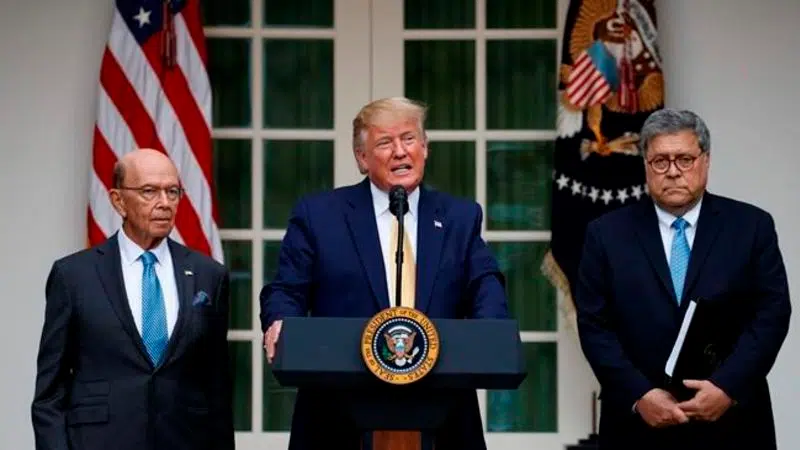
Trump abandons bid to include citizenship question on census
WASHINGTON — President Donald Trump abandoned his controversial bid to inject a citizenship question into next year’s census Thursday, instead directing federal agencies to try to compile the information using existing databases.
He insisted he was “not backing down,” declaring in a Rose Garden announcement that the goal was simple and reasonable: “a clear breakdown of the number of citizens and non-citizens that make up the United States population.”
But the decision was clearly a reversal, after the Supreme Court blocked his effort by disputing his administration’s rationale for demanding that census respondents declare whether or not they were citizens. Trump had said last week that he was “very seriously” considering an executive order to try to force the question. But the government has already begun the lengthy and expensive process of printing the census questionnaire without it, and such a move would surely have drawn an immediate legal challenge.
Instead, Trump said Thursday that he would be signing an executive order directing every federal department and agency to provide the Commerce Department with all records pertaining to the number of citizens and noncitizens in the country.

